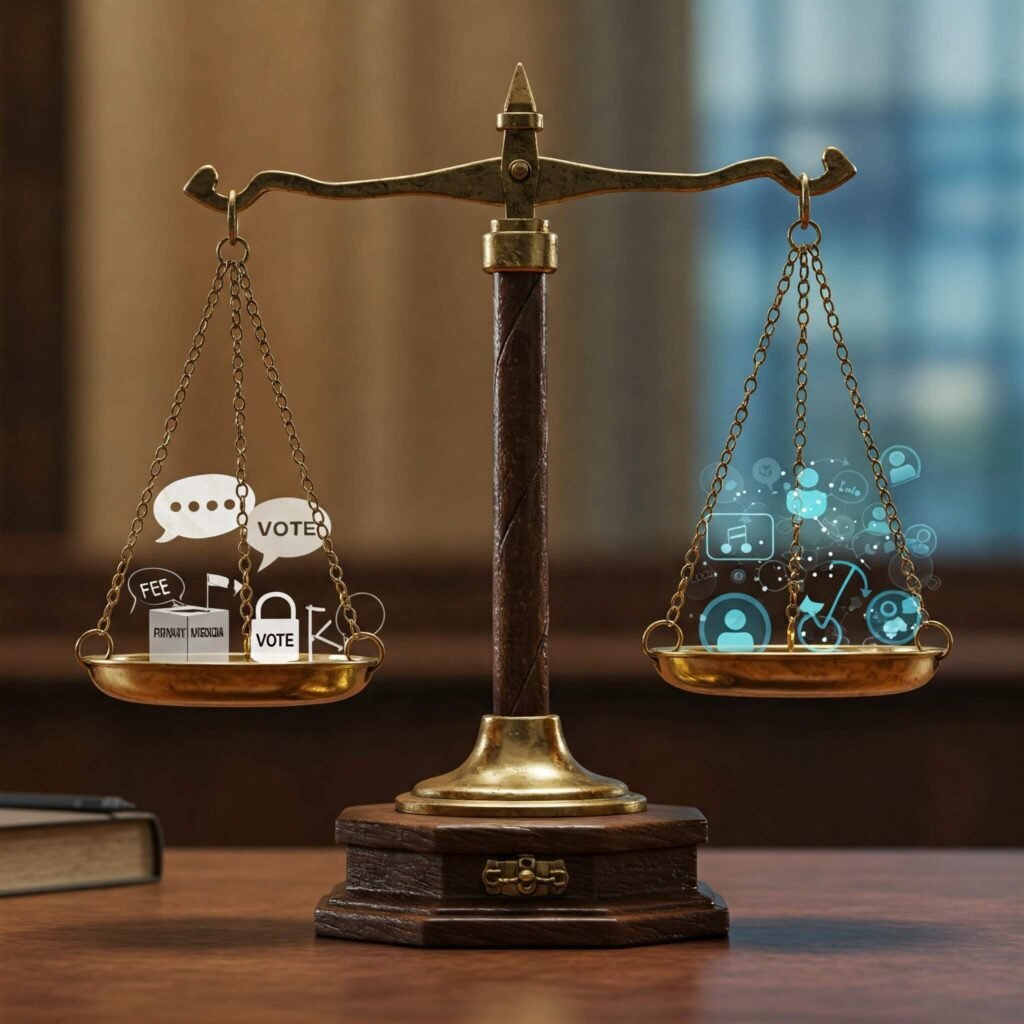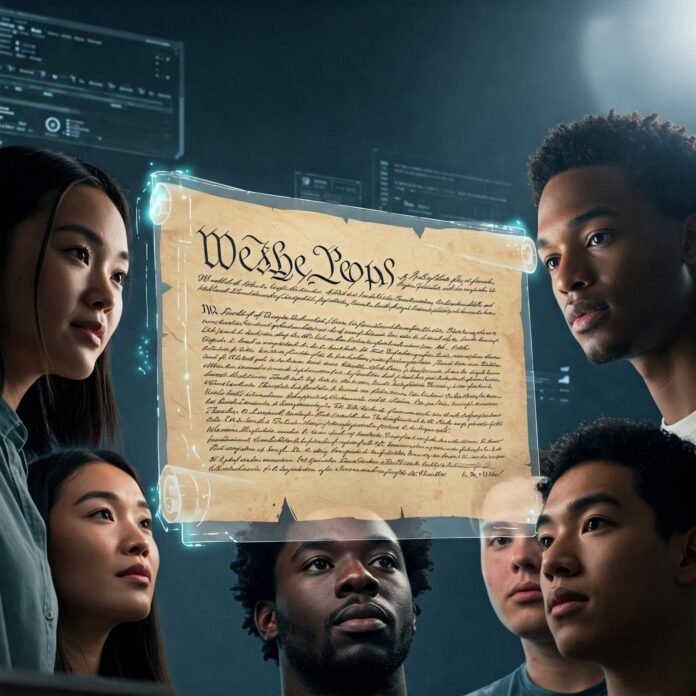The United States Constitution has served as the bedrock of American law for over two centuries. It’s a document designed for endurance, but its application and meaning are constantly tested and debated. As we find ourselves in 2025, a pertinent question arises: when it comes to Understanding the US Constitution 2025, what exactly has changed? While the core text itself remains remarkably resistant to rapid alteration through formal amendment, the ways in which the Constitution is interpreted, applied, and discussed in light of contemporary issues represent a dynamic evolution. This post will explore the reality of constitutional change and what it means for Understanding the US Constitution 2025.
Why Formal Changes Are Rare: The Amendment Process
The framers deliberately made the U.S. Constitution difficult to amend, requiring broad consensus across different parts of the government and the states.
- Article V’s Demanding Procedure: Amending the Constitution requires a proposal approved by two-thirds of both the House and the Senate, or by a convention called for by two-thirds of the state legislatures. Following proposal, ratification requires approval by three-fourths of the state legislatures or by conventions in three-fourths of the states. 1 1. brainly.com brainly.com
- Stability Over Speed: This rigorous process ensures that amendments reflect a wide national consensus, preventing frequent or impulsive changes. Consequently, formal amendments are rare events. The last one was ratified over 30 years ago. Therefore, significant formal changes affecting our Understanding the US Constitution 2025 through newly ratified amendments are highly unlikely.
How Interpretation Shapes the Constitution in 2025
While the text stays largely the same, how we understand and apply it does not stand still. Interpretation, particularly by the courts, plays a crucial role.
- The Judiciary’s Interpretive Authority: The Supreme Court of the United States has the final say on what the Constitution means in specific cases. Its rulings create precedents that guide future applications of the law. In 2025, ongoing legal challenges and Supreme Court decisions continue to refine our understanding of constitutional rights and powers in modern contexts.
- Legislation and Executive Action: Laws passed by Congress and actions taken by the President must comply with the Constitution. Challenges to these actions often lead to judicial review, which further clarifies constitutional boundaries.
- Societal and Technological Impact: The challenges of the 21st century – from digital privacy and artificial intelligence to evolving social norms and global interconnectedness – force ongoing conversations about how the Constitution’s timeless principles apply. These discussions contribute significantly to our collective Understanding the US Constitution 2025.
Key Areas of Constitutional Debate in 2025
Several areas are particularly active arenas for interpreting the Constitution in 2025:
- Digital Rights and Freedoms: How do amendments like the Fourth (search and seizure) and First (speech) apply to online activity, data collection, and social media?
- The Balance of Federal and State Power: Debates continue over the scope of federal authority compared to that of individual states on issues ranging from commerce to social policy.
- Executive and Legislative Powers: The boundaries and checks on the executive branch, particularly in times of perceived crisis, remain a subject of significant debate.
- Interpreting Rights in a Changing Society: Discussions around equality, due process, and the scope of individual liberties continue to evolve through legal and public discourse.

Staying Informed About the Constitution in 2025
For those seeking clarity on Understanding the US Constitution 2025, staying informed is key. While the fundamental text hasn’t changed, the conversation around it is constant.
Here are practical steps:
- Access the Source: Read the actual text of the U.S. Constitution and its amendments via reliable sources like the National Archives. [Outbound Link: National Archives – U.S. Constitution]
- Monitor Judicial Developments: Follow news from the Supreme Court and other federal courts regarding significant constitutional cases. [Outbound Link: Supreme Court of the United States]
- Utilize Educational Resources: Engage with non-partisan educational platforms like the National Constitution Center to deepen your understanding of constitutional principles and history. [Outbound Link: National Constitution Center]
- Engage Thoughtfully: Participate in informed discussions about constitutional issues.

In conclusion, while the question “What Changed?” might imply formal amendments, Understanding the US Constitution 2025 is more about grasping the ongoing process of interpretation and application. The Constitution remains the same enduring document, but its meaning is continually explored and shaped by the courts, government actions, and the evolving society it governs. Staying engaged with this dynamic process is essential for every citizen.


